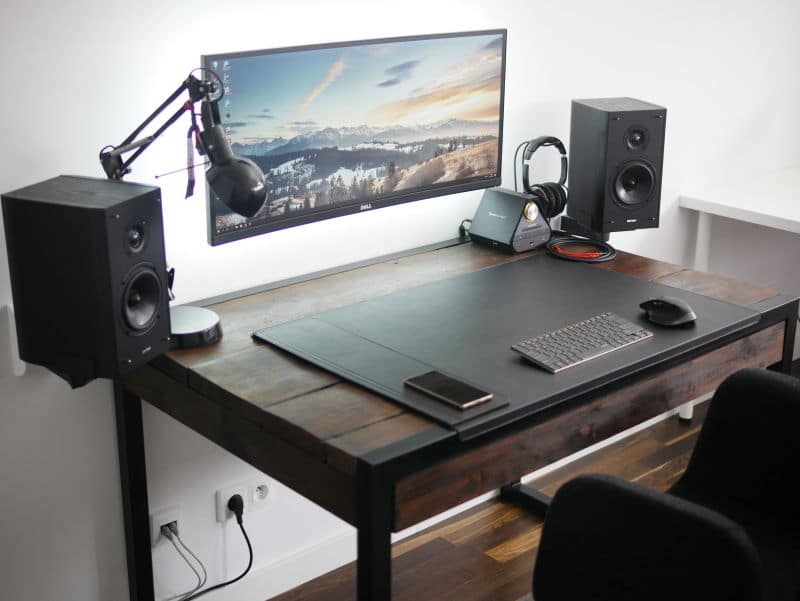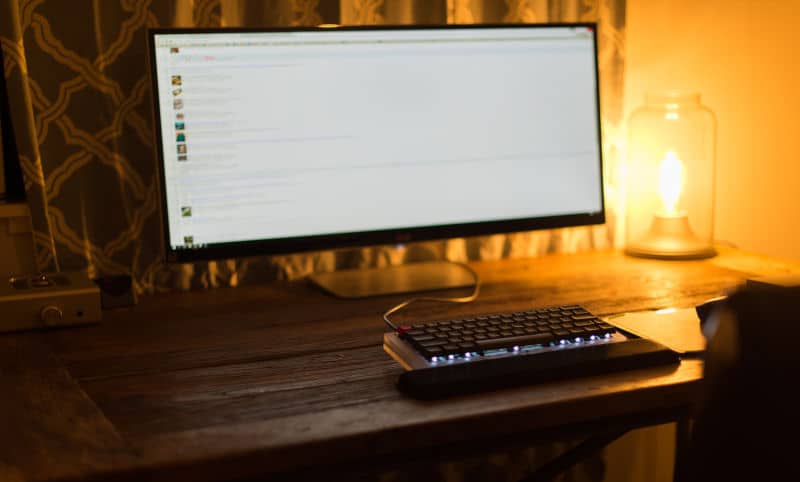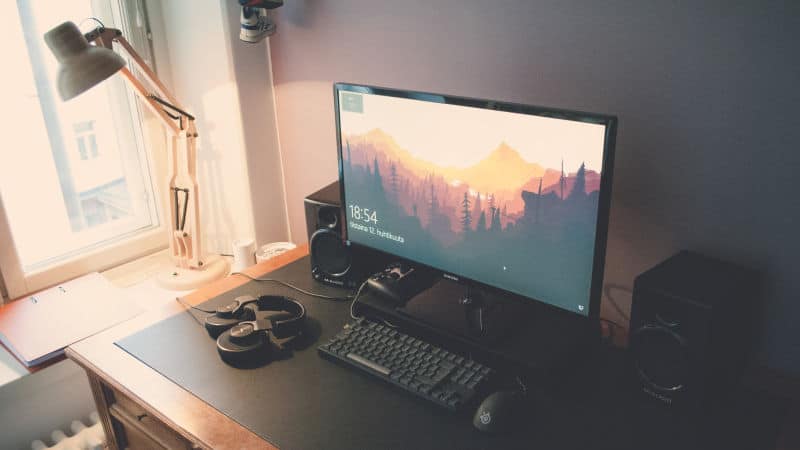Everyone’s heard of minimalism – it’s the idea that there advantages to keeping things clean, concise and as simple as possible. When applied to design, it’s produced some fantastic results.

The minimalist office is seen most commonly, actually, in home office design – where customization of an individual workspace is less costly, and space is sometimes at a premium. There are a whole series of fantastic looks at minimalist offices on Lifehacker, for example, submitted by readers over the years, and this isn’t even the sort of thing they specifically solicit.
So, what goes into a minimalist workspace? It’s more than you might think.
Great use of space
Virtually any great minimalist workspace is going to use space well. That means keeping unnecessary and less important components smaller. In short, it means majoring on the majors and not sparing any attention to less important or less commonly used items.
In the minimalist office, you wouldn’t see lots of organizing tools in use – you’d see less pens and pencils. Quality trumps quantity.
Mounting
One part of using space well that might not come immediately to mind is wall mounting. Monitors, displays, even cords and storage can be wall-mounted, allowing for cleaner, less cluttered, more open space.

Clutter free
If something doesn’t have a place, it doesn’t belong in the minimal office. Cords should be bound and run along the bottoms of desks, pulled out of the way (and, where possible, eliminated). The desktop should be as clear as possible, and everything that’s not absolutely necessary (read: used multiple times per day) should be removed from the desktop.

Textures, not patterns
Patterns of colors (particularly high-contrast colors) look busy. Where possible, more subtle textures, light colors, and natural colors should be used to maintain a sense of minimalism.

More information
Looking for more information on making your life a minimalist one? No Sidebar is a fantastic blog with all sorts of guidance on simplifying your life, from your workspace to your wardrobe. Their slogan, written in part by Joshua Becker, says it all: “The first step in crafting a life you want is to get rid of everything you don’t.”



Leave a Reply